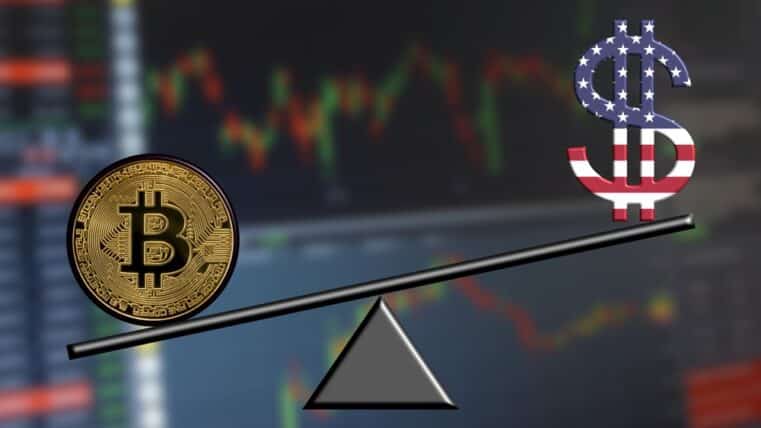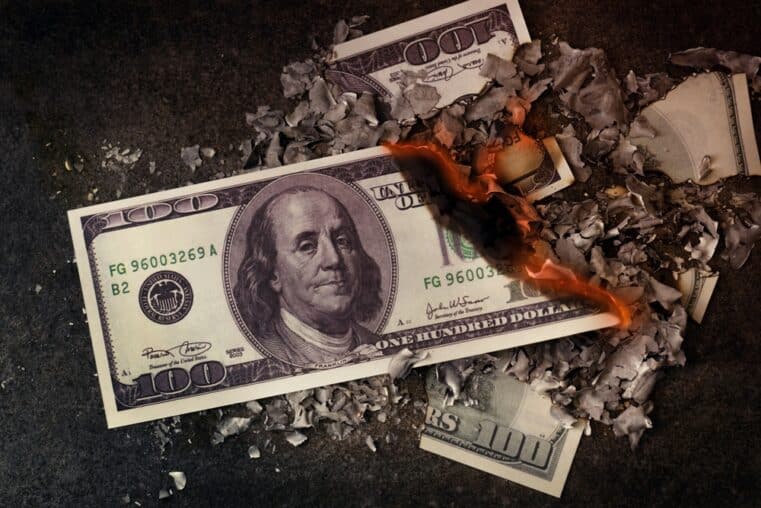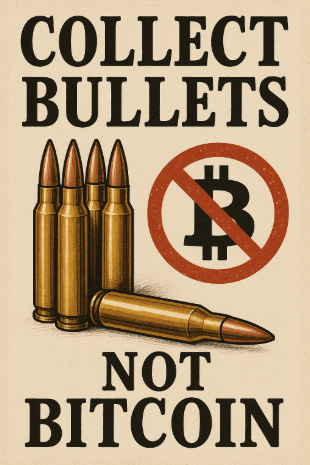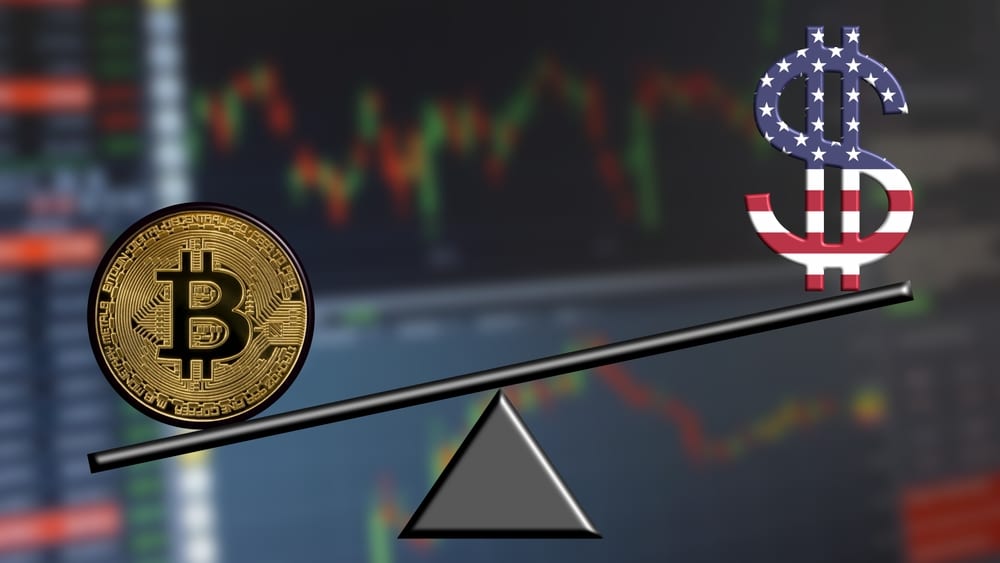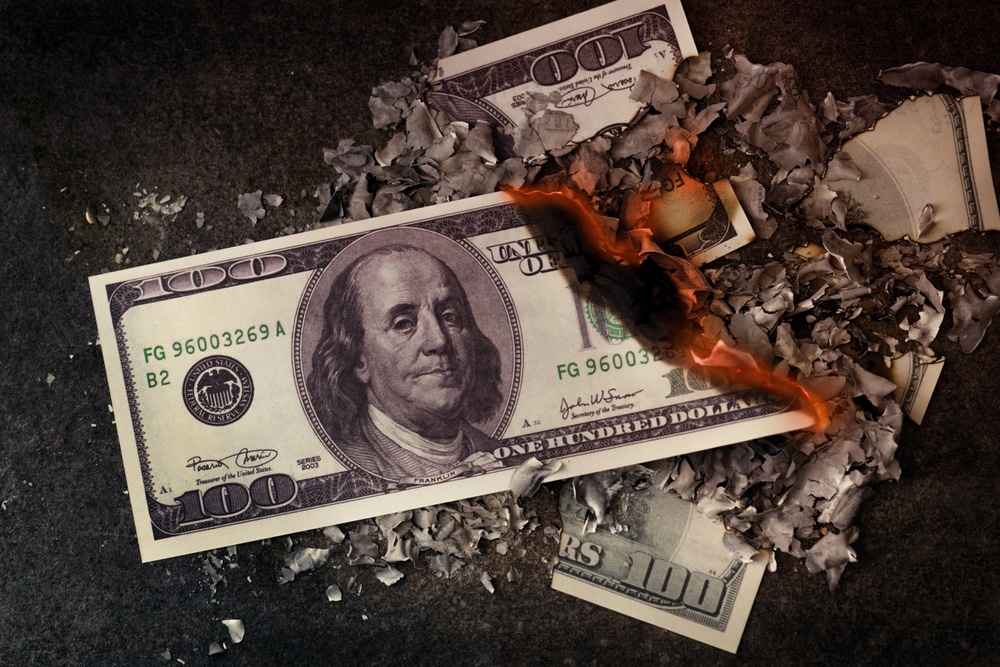
Why Ray Dalio's Flip-Flopping Opinion Should Concern You
If you’ve been following our posts, you should know who Ray Dalio is. Financial media seems to believe his opinion matters.
After all, his hedge fund Bridgewater Associates is not only the largest hedge fund in the world…Bridgewater made the largest cumulative net profit ever…$50 billion!
In Davos, just before the market crash, Ray Dalio told his audience:
"We are in this Goldilocks period right now. Inflation isn’t a problem. Growth is good, everything is pretty good with a big jolt of stimulation coming from changes in tax laws. If you’re holding cash, you’re going to feel pretty stupid."
And then this happened...
Ray Dalio subsequently responded in a Linkedin post.
WARNING lots of technical and jargonistic language; and note that experts tend to use this formal rhetoric when they feel the need to back-up defensively, especially after making casual, off-the-cuff remarks that end up being dead wrong:
“In the “late-cycle” phase of the short-term debt/business cycle, when a) an economy’s demand is increasing at a rate that is faster than the capacity for it to produce is increasing and b) the capacity to produce is near its limits, prices of those items that are constrained (like workers and constrained capital goods) go up. At that time, profits also rise for those who own the capacities to produce those items that are in short supply. Then the acceleration of demand into capacity constraints and rise in prices and profits causes interest rates to rise and central banks to tighten monetary policy, which causes stock and other asset prices to fall because all assets are priced as the present value of their future cash flows and interest rates are the discount rate used to calculate present values. That is why it is not unusual to see strong economies accompanied by falling stock and other asset prices, which is curious to people who wonder why stocks go down when the economy is strong and don’t understand how this dynamic works. If the prices for stocks and other assets that do well when growth is strong continue to decline (which is typical), that and the credit market tightening leads demand to fall until demand is significantly less than the capacity to produce, which leads interest rates to fall and central banks to ease as their concerns about economic weakness supersede their concerns about inflation; that causes stock and other asset prices to rise. Such is the nature of the “short-term market and business cycle.” That is why it is classically best to buy stocks when the economy is very weak, there is a lot of excess capacity in the economy, and interest rates are falling (and to sell stocks when the reverse is the case).”
So, where are we now? Here’s Dalio’s statement, which we’ve parsed into bullet points:
- we are in the “late-cycle” part of the short-term debt/business cycle...
- but we don’t know precisely where we are...
- we don’t know exactly how far we are from the top in the stock market and then the economy...
- though it is clear that we are past the top in the bond market.
And here is Dalio’s mea culpa:
"About 10 days ago, that’s where I thought we were. However, recent spurts in stimulations, growth, and wage numbers signaled that the cycle is a bit ahead of where I thought it was."
Dalio was referring to the February 2 Employment Situation report in which it revealed a jump in hourly earnings, its biggest rise since 2009”:
“These reports understandably led to the reactions in bonds, which affected stocks as they did. Then on Friday, we heard the announced budget deal that will produce both more fiscal stimulation and more T-bond selling by the Treasury, which is more bearish for bonds. And soon ahead, we will hear about a big (and needed) infrastructure plan and the larger deficits and more Treasury bond selling that will be needed to fund them. In other words, there is a whole lot of hitting the gas into capacity constraints that will lead to nominal rate rises driven by the markets. The Fed’s reactions to them and the amount of real (inflation-adjusted) rate rises that will result will be very important, so we will be monitoring this closely.”
In the end, Ray Dalio and Bridgewater have a turned slightly bearish in light of recent developments.
So what’s troubling about this flip-flop in position? Well, it brings to the fore a couple of points which we should pay attention to.
IF ANALYSTS ARE WRONG FROM THE START...
It’s easy to blame them. Sure, analysts use rational models. But rational models in economics don’t operate in the same way as they do in science. These models can’t reliably predict market outcomes, as markets are way too complex and contain more randomness than most people would like to admit.
But people will have a harder time blaming themselves for following an analyst who was wrong from the start; a mistake in “following” blindly rather than taking the time to do their own research.
BUT WHAT IF THE ANALYSTS ARE RIGHT...BUT MARKET CONDITIONS HAVE CHANGED?
There’s a possibility that Ray Dalio’s assessment was right on, but that things changed fundamentally in a manner that couldn’t have been anticipated.
Markets contain an underlying volatility that isn’t always apparent on the surface. And this volatility tends to strike when people least expect it.
Again, this volatility is something that we’ve been warning about for most of last year. And we will continue to warn our readers when we see opportunities or threats on the horizon.
For those of you who are more inclined to analyze this matter on a deeper level, here’s some geek-think in the box below. Feel free to skip it if it makes your brain hurt:
|
To call Dalio’s position a “flip-flop” is to focus too closely on Dalio himself.
Whereas focusing on the markets—namely, its rapidly shifting dynamics—will reveal the fallibility of such notions. Having shifted focus from the investor to the markets, it becomes clear that to flip-flop is to exhibit a necessary adaptability to change. And this is probably what Ray Dalio did. But as long as we call it a flip-flop, we are allowing “language” to distract us from the actualities of the market; a dynamic of change that is not predictable, not always calculable, and one that requires a constant and agile shift in tactics and strategy. |
Whatever you decide to do with your investments, bear in mind that we may be seeing the late stages of a bull market...one that might have a ways to go up, but most certainly has quite a distance to cover to the downside.





